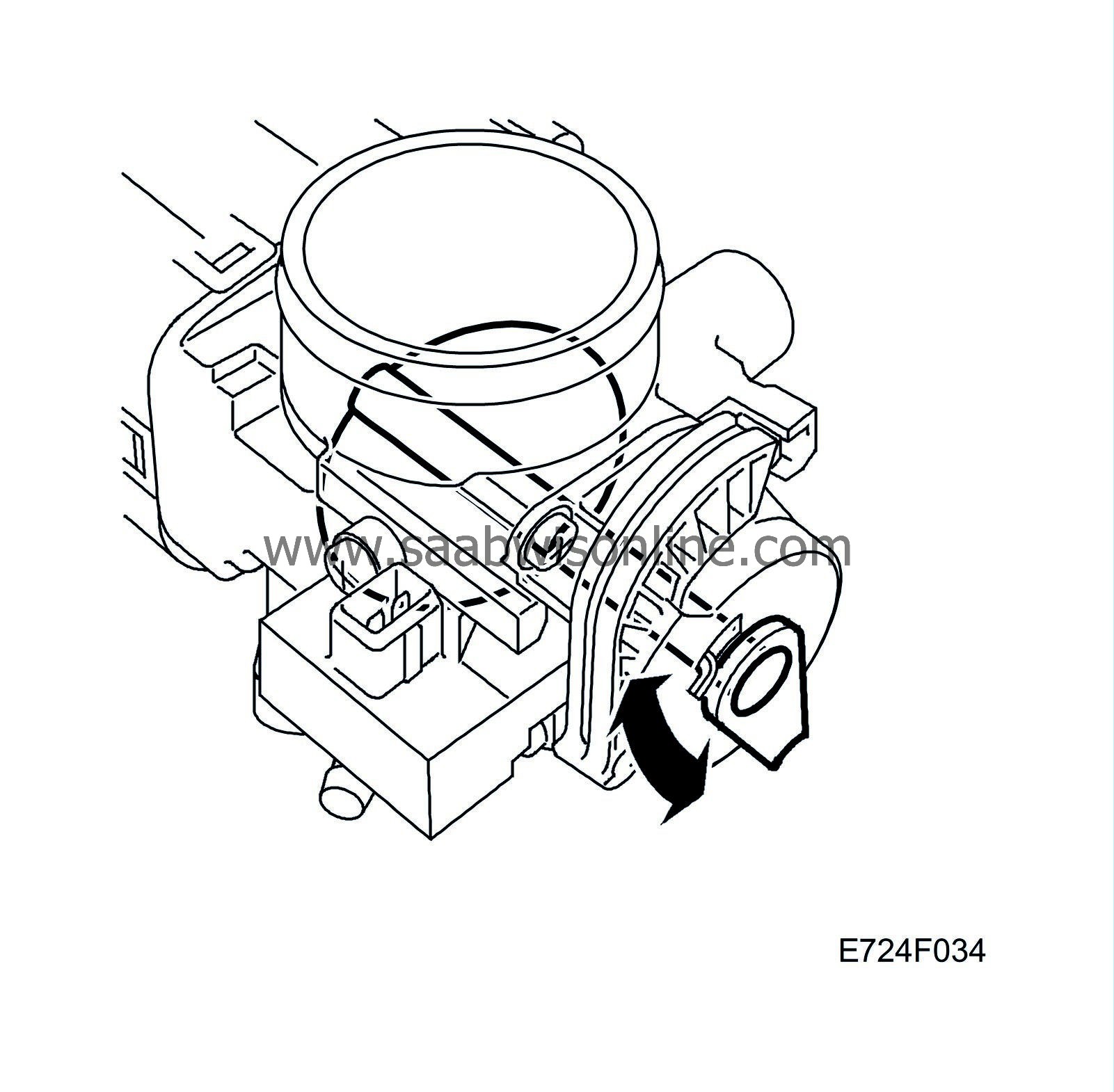P1261
Read the instructions below then
start the fault diagnostic procedure.
Symptom: Engine stalls.
CHECK ENGINE.
Idling speed incorrect.
Cruise control not working.
Starting problems, especially when engine is cold
Limited engine speed
Throttle Binding.


|
Note
|
|
Throttle is in limp-home mode due to other DTC.
|
Fault symptoms
|
•
|
Idling speed incorrect.
|
|
•
|
Cruise control not working.
|
|
•
|
Starting problems, especially when engine is cold
|
On-Board Diagnostics
Type of diagnosis:
|
-
|
Continuous. But interrupted when fault criteria fulfilled and will not restart until next driving cycle.
|
Enable criteria:
|
-
|
Engine running and throttle control is already in limp-home mode due to another diagnostic trouble code.
|
Fault criteria:
|
-
|
Air mass per combustion is greater than requested.
|
Dependents:
System reaction to a fault:
|
-
|
Engine speed limited to 2200 rpm.
|
|
-
|
Fuel shut-off. Main relay turned off. Throttle control in limp-home mode. Limp-home solenoid will activate 5 times in succession each time the ignition is turned on until the fault is rectified and the trouble codes cleared.
|
OK report:
|
-
|
Accelerator pedal has been depressed at some time and then fully released. 120 s has expired since then without fault criteria being fulfilled.
|
Fault handling:
(See “Fault diagnosis, general” for more information.)
|
-
|
CHECK ENGINE goes on immediately and can be turned off only by clearing the trouble codes.
|
Diagnostic help
When the DTC is generated, the engine stalls. The next time the engine is started, engine speed is limited to 2200 rpm.
A mechanical fault is preventing the throttle from closing. P1251 or P1264 generated and throttle control in limp-home mode. Throttle has been open since then despite the driver releasing the accelerator pedal.
 Warning
Warning
|
|
The car must not be driven until the fault has been rectified.
|
|
|
|
|
|
Checking the wiring
Jiggle the wiring harness at several points and in different directions to detect intermittent breaks and short circuits. Observe the multimeter, diagnostic tool or test lamp during the check.
See
P1251
.



 Warning
Warning

